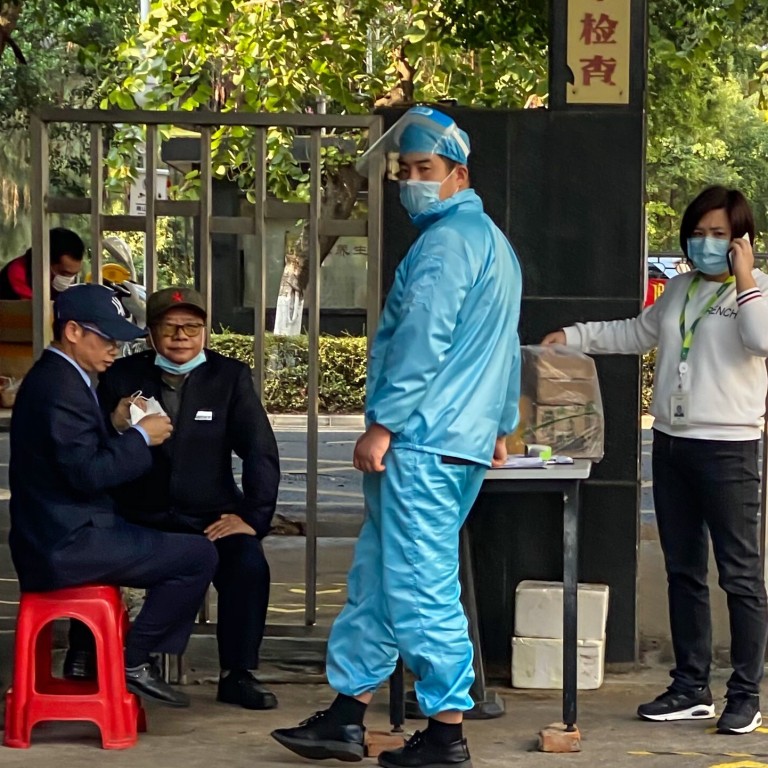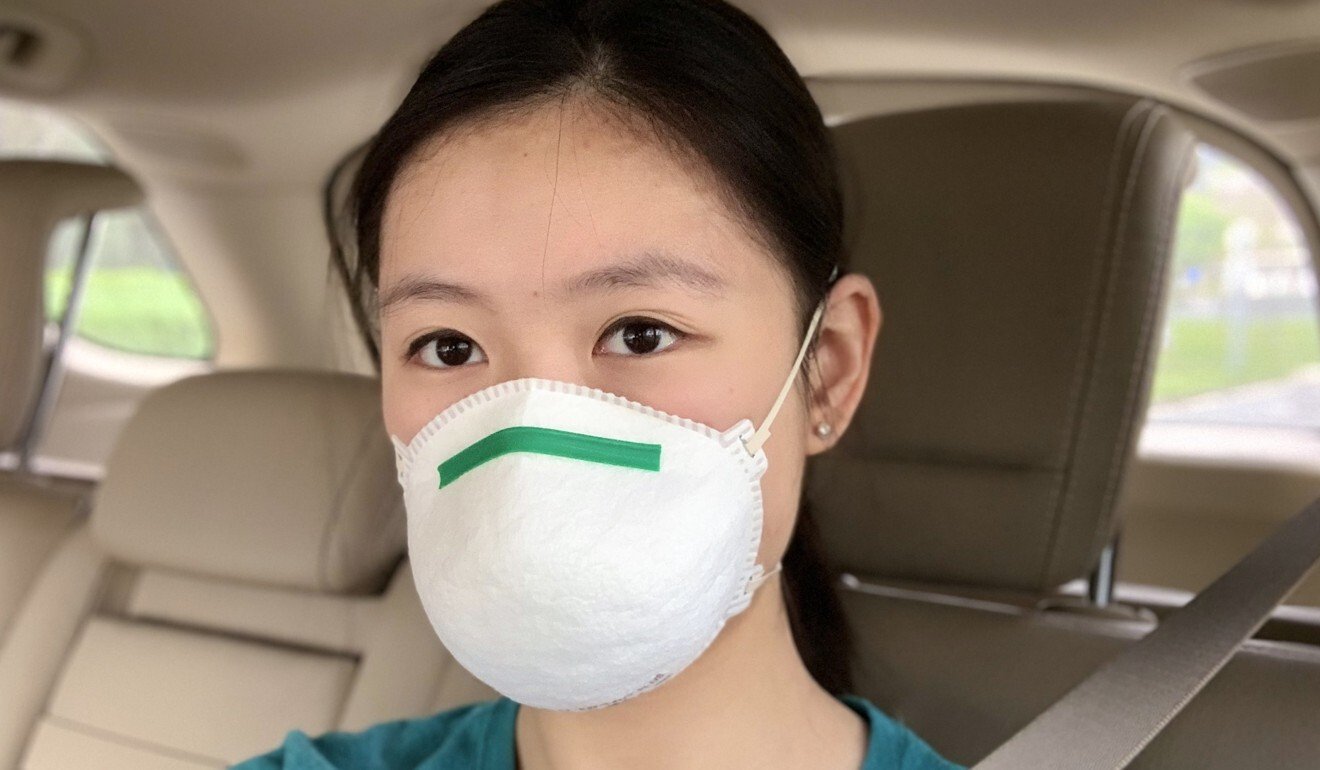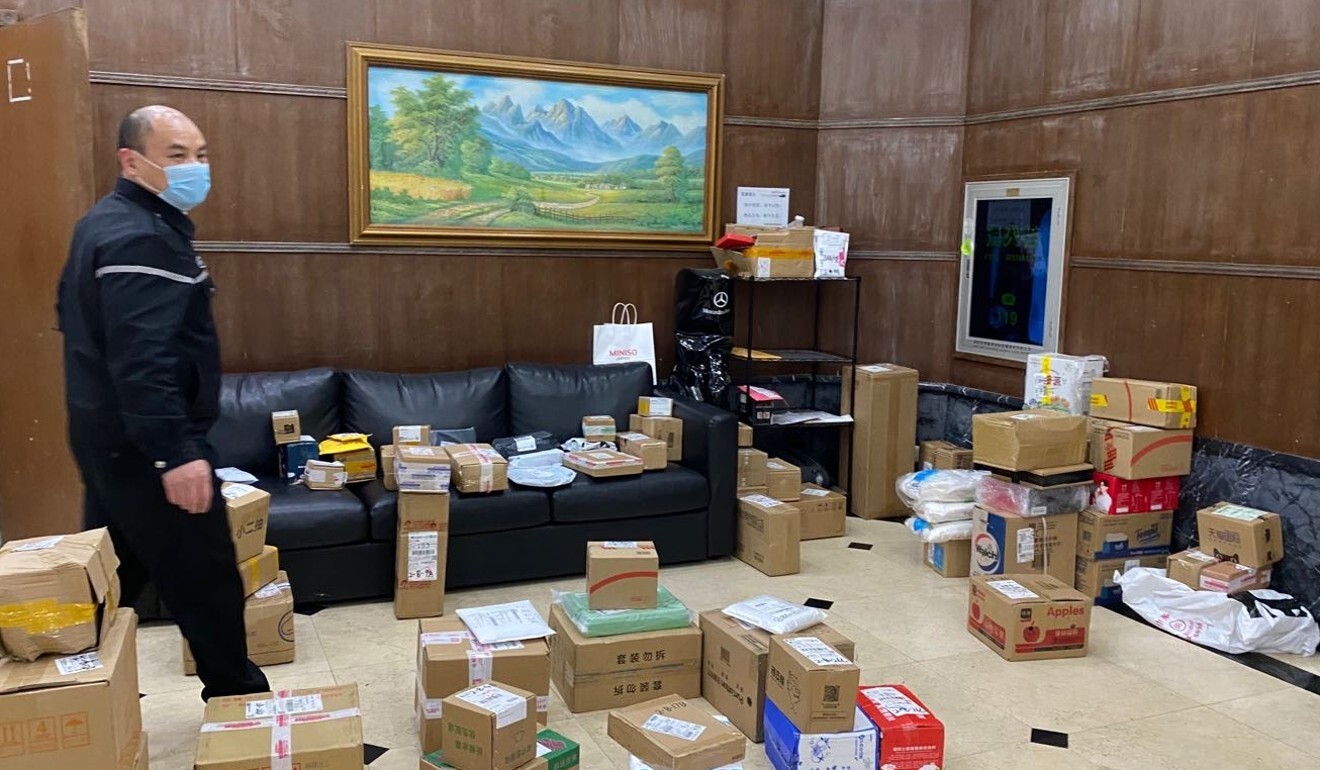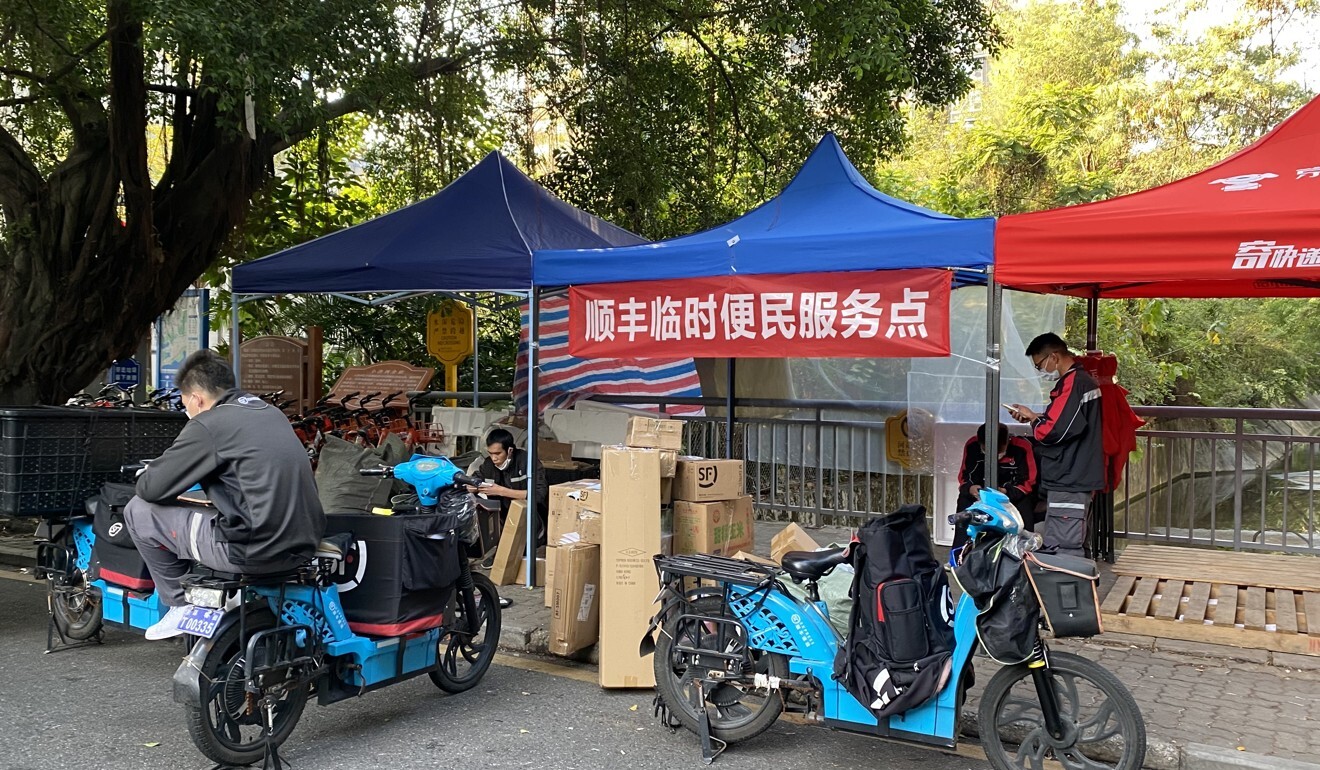
Quarantine on both sides of the border: a reporter’s account of life at home in Shenzhen and Hong Kong amid the coronavirus crisis
- Sense of community is strong on mainland side, with general understanding that people are ‘all in this together’
Dazed and confused, I cannot believe I have spent a total of 65 days in quarantine on either side of the border as the coronavirus continues to rage across the globe.
However, I have been enjoying my new life as a minimalist, as well as having a higher efficiency rate and an improved focus while working from home.
Since January 30, I spent more than a month on self-quarantine in my childhood home in Shenzhen, where I lived with my mother and sister. Just two days upon my return to Shenzhen, I woke up to the name of my complex plastered all over the local news, and learned that there had been a confirmed Covid-19 case in my estate.
At the time, mainland China was grappling with a surge in cases, with the world blissfully unaware of the pandemic that would come.

By March 13, when I came back to Hong Kong where I live and work as a reporter with Young Post under the South China Morning Post, I went into compulsory 14-day quarantine at home.
Just four days later, I received the shocking news that a teammate had been confirmed as infected. My phone was flooded with text messages from some 50 people, mostly friends and family members, who thought it was me.
The roller-coaster ride of emotions made me miss my time in Shenzhen, where my days revolved around using sporting gear bought online from Taobao and home karaoke sessions.
Shenzhen to ban eating cats and dogs as part of moves to stop spread of coronavirus
Unlike in Hong Kong, I did not see much panic buying of essentials such as rice and toilet paper. Nobody queued in the cold for surgical masks – almost all purchases were done through mobile apps and delivered to homes.
There was a steely sense of community in Shenzhen where neighbours helped each other source for masks and shared fresh produce.
My mother, for instance, offered fish we received from a fisherman in Shantou to friends in an adjacent building after they gave us some of their home-grown vegetables.
Everyone I met felt like family to me – from cleaners and security guards, to neighbours and strangers, even as the lockdown in Wuhan in the country’s centre raised an impending sense of dread among some.
Bars and pubs shut across Hong Kong as city records 43 new coronavirus infections
In my community, through the friendly nods and understanding smiles of people, there was an unspoken sense of: “We’re in this together.”
Still, we were careful not to be complacent. At my residential block, we had our unique self-quarantine systems and developed ways to minimise infection risks while still going about regular activities.
For example, tissues were distributed to those who needed to press buttons in the lift, and security guards were not only masked, some of them were shrouded from head to toe in protective gear.

Packages were delivered to only one of my complex’s gates, which became a temporary post office. Security guards from each phase or building then collected and distributed them at the gate.
Also, residents needed passes to enter and exit, and outsiders were banned from entering altogether.
As such, the efforts to curb the virus in Shenzhen – from medical professionals and citizens alike – have paid off.

While the number of new cases there has dropped drastically, restrictions in complexes have barely loosened – all outsiders are still banned and a pass is required for entry and exit at my mainland home.
Temperature checks were done on all who entered and left the compound, with those who had recently returned from initial epicentre Hubei or other high-risk provinces asked to self-isolate at home for 14 days.
All new arrivals into Shenzhen are to go under a two-week compulsory quarantine in hotels-turned-quarantine camps on the outskirts of the city.
Doing time in Hong Kong’s prison-like coronavirus quarantine camps
As of Friday, Shenzhen, a city of some 12.5 million, had reported a total of 453 cases, including one patient, a student, 22, who had returned from Britain.
There have been three fatalities, while 419 have been discharged, and 31 patients are still being closely monitored in hospital. A separate 20 cases of asymptomatic carriers were recently reported.
Over in Hong Kong, 43 new infections were recorded on Friday, bringing the local tally to 845.
Shenzhen has done well by international standards in containing its Covid-19 count.
As I hunker down in Hong Kong while the virus sweeps the globe and other countries go into lockdown, I am embracing my life as a minimalist, enjoying stripping away the non-essential things while continuing to stay vigilant, and making the most of my time working from home.

